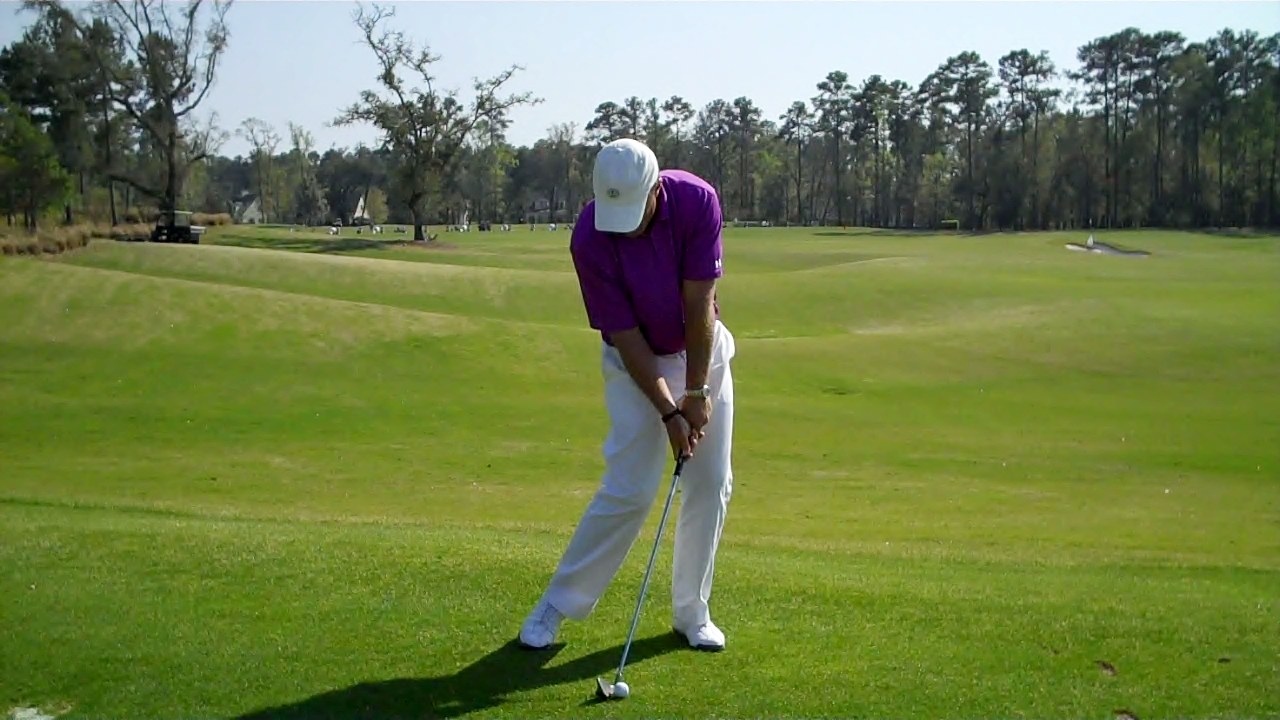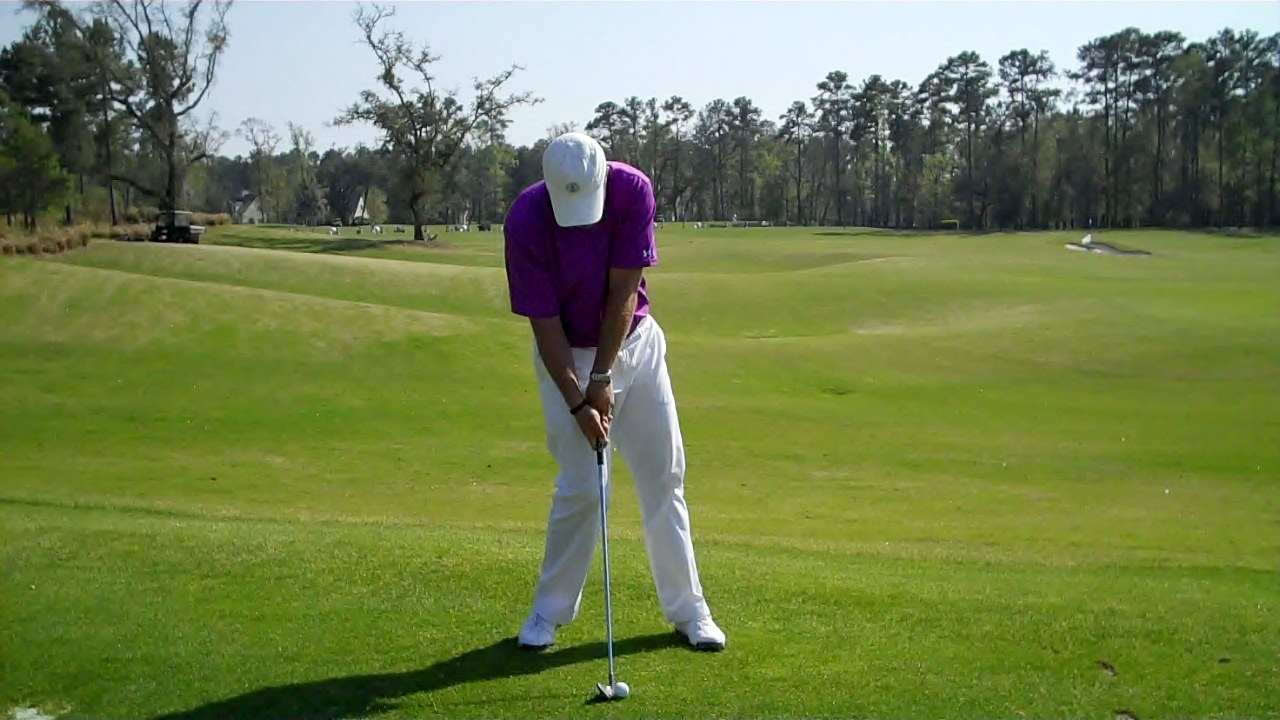How to Deal with a Headwind
/Controlling your golf ball in the wind is one of golf's greatest challenges. For quite a while now I have been asking my junior players to hit a 140 yard approach shot directly into whatever wind might be blowing that day and none of them have ever reached the flag! Now, part of this is ego and another part inexperience, but being a curious coach I wanted to do what I could to help them play these headwind shots effectively. At Savannah Harbor we have a double sided range and in the spring we can experience some strong winds. The double sided range means that I can hit shots into and down the same wind. Having TrackMan is a huge help here as it tracks the ball accurately throughout it's flight. Watch...
After quite a bit of testing on and off the golf course I have found that this formula produces positive results. Please keep in mind that hitting any shot in the wind is not exact science and there will always be a subjective side to selecting the appropriate club and shot.
- Determine how many MPH of wind are blowing in your face
- If its 12 MPH then add 12 yards per 100 yards of distance required
- Determine what club you would need to hit the ball that distance
- Take one additional club and play a knockdown type shot
Example scenario: For a 140 yard shot into a 20 MPH headwind. I would add 28 yards (20 yards per 100) to 140 to get to 168 which is a full 7 iron for me. I would thus take a 6 iron and hit a knockdown for this scenario.
You might wonder how you'd come to recognize the wind speed...? Experience certainly helps, but there's nothing against checking a weather app on your phone prior to going out to play to help you gauge wind speed. And remember - there is no such thing as a one club wind!
Thanks for reading and I hope this information helps you better control your ball in challenging windy conditions.










